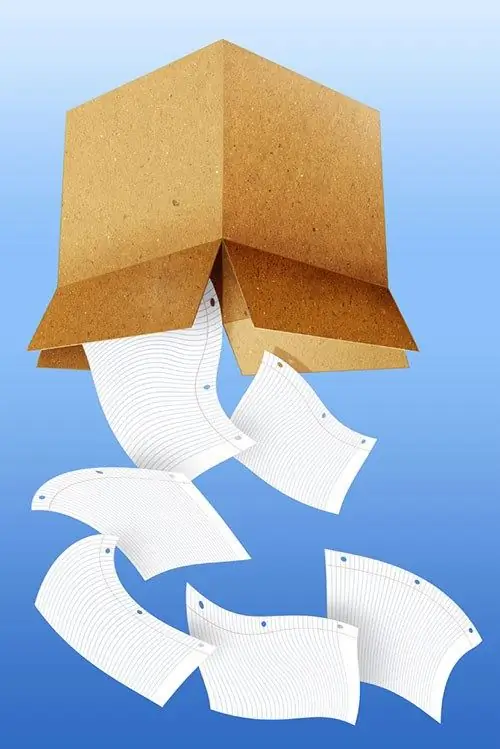The Windows operating system has a standard mechanism for injecting arbitrary data into dynamic libraries and executable modules, as well as an API for working with them. Images, string tables, dialog templates, toolbars, menus, and other information are added to PE modules as resources. Sometimes, for various purposes, you need to pull resources from a compiled module.

Necessary
is a free Resource Hacker program available for download at rpi.net.au/~ajohnson/resourcehacker
Instructions
Step 1
Upload the PE module file to Resource Hacker. In the main application menu, sequentially click on the File and Open items, or press the Ctrl + O key combination on the keyboard. The file open dialog will be displayed. Navigate to the directory where the target file is located. Select the PE module in the directory listing. Click the "Open" button.
Step 2
Determine the list of resources to be pulled out. After loading the PE file, a tree structure will be displayed on the left side of the Resource Hacker main window. It is a list of all module resources, grouped by type. So, for example, dialog resources are located in the Dialog section, cursor resources - in the Cursor and Cursor Group sections, icons - in the Icon and Icon Group sections.
The nodes of the second level of the hierarchy contained in each section are numeric or symbolic resource identifiers. Expand them and highlight the nested elements. This will render the corresponding resources. Icons, cursors, rasters will be displayed as images in the right pane of the main application window. For string tables, accelerators, version information, dialog templates, menus, toolbars, code will be built and displayed in a format suitable for use with the RCC compiler. In addition, dialog templates are rendered in a separate floating window.
Step 3
Start the process of saving the resources found in the previous step. Select the desired item in the tree structure on the left. Open the Action section of the main menu of the application. Select the item corresponding to the save operation of the most suitable type.
Select the "Save resource as a binary file …" item if you want to save the resource as a piece of binary data, identical to that contained in the PE module.
Select "Save resource as a *.res file …" to get a file containing the compiled version of the selected resource. Such a file is suitable for linking with an application or library.
Click on the item with the text like "Save [Section name: subsection name: resource name] …" in order to extract the resources in their original form. This menu item should be used to extract files of icons, cursors and images.
Step 4
Get your resources out. In the dialog with the title "Save resource to …" specify the name and directory of the saved file. Click the Save button.






